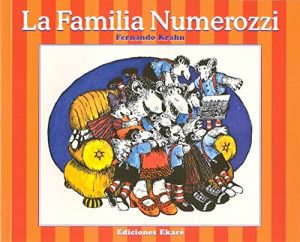Questions the child’s perception of each sense. Written in both English and Spanish.
Primary (ages 6-9)
Material appropriate for primary age groups
Say Hola to Spanish at the Circus (Say Hola To Spanish)
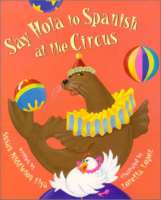
The creators of the popular Say Hola books now take their Spanish-language adventure to the circus. Readers will get to see the greatest show on earth as performed by trapecistas (trapeze artists), payasos (clowns), leones (lions), and elefantes (elephants). Through whimsical art and rhyming text, Say Hola to Spanish at the Circus is a great way to learn the second most spoken language in the U.S.
La Familia Numerozzi
Los Nez Perce (Pueblos Americanos Nativos) (Spanish Edition)
Examines the history, traditional lifestyle, and current situation of the Nez Percâe Indians.
Sapo Duerme Fuera De Casa
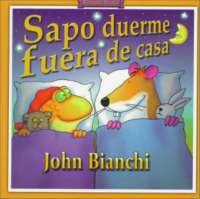
Tony’s toad behavior and toad talents make him popular with his friend Memo, a mannerly field mouse. Convinced that Tony is not a suitable playmate for their son, Memo’s parents are forced to reconsider when Tony literally snatches victory from the jaws of a very hungry coyote.
Leyenda De La Flor Nochebuena, La: The Legend Of The Poinsettia
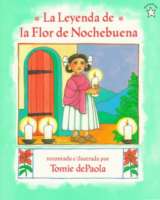
When Lucida is unable to finish her gift for the Baby Jesus in time for the Christmas procession, a miracle enables her to offer the beautiful flower we now call the poinsettia.
Los Pueblos (Pueblos Americanos Nativos) (Spanish Edition)
A history of the Indian groups known collectively as Pueblos because of the sculpture-like villages in which they lived at the time the Spaniards arrived in North America.
La Lagartija y El Sol / The Lizard And The Sun: A Folktale In English And Spanish
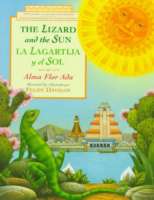
In a folktale illustrated with Aztec-Mexican artwork, the sun falls asleep behind a rock, blanketing the world in darkness, and is discovered by a faithful lizard, who, with the help of the emperor, encourages the sun to wake up.
Eight Animals On The Town
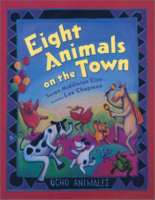
Susan Middleton Elya, whose first book, Say Hola to Spanish, was hailed in a starred Kirkus review as “innovative, useful and fun”, has taken her trademark seamless union of English and Spanish to new heights with this fun-filled, rhyming story. It’s a great day out for eight eager animals–ocho animales–who travel to the market to find their supper–including queso (cheese) for the mouse and hierba (grass) for the cow–and then dance the night away at the baile. Introducing Spanish words for numbers, foods, the names of animals, and other simple words and phrases, this book is perfect for non-Spanish speakers as well as Spanish-speakers learning English.
Lee Chapman’s bright and funny paintings, inspired by Mexican folk art, enhance the language and humor of this delightful story.
La Moneda De Oro
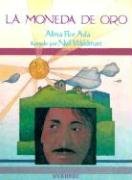
La moneda de oro es un cuento de Literatura infantil que narra aventuras sobre chicos de dicha edad, a través de los cuales los chicos se sentiran identificados y fomentarán su animación a la lectura.

